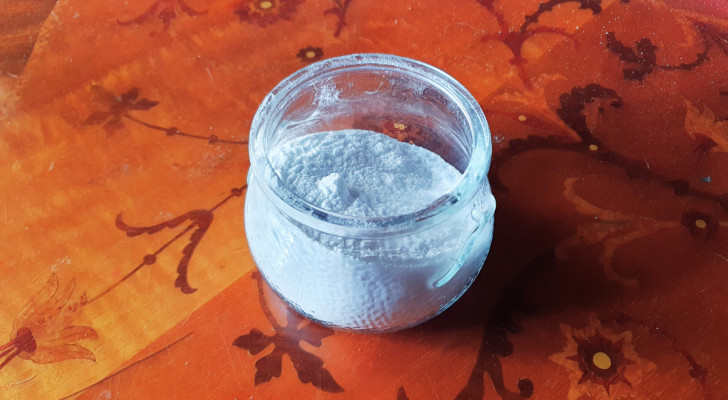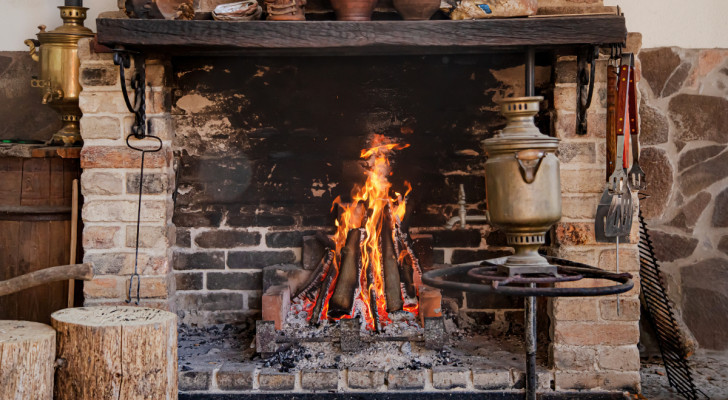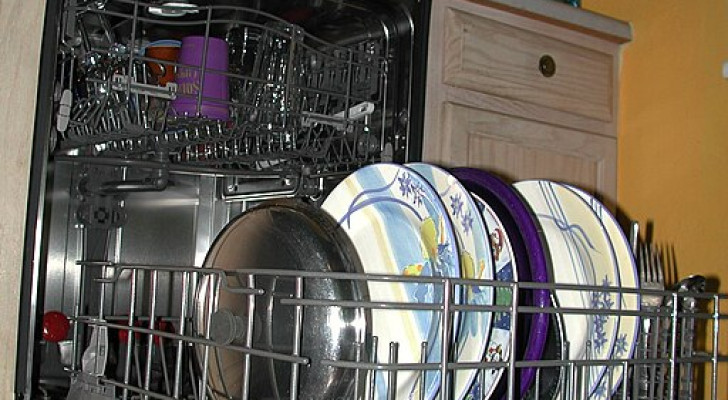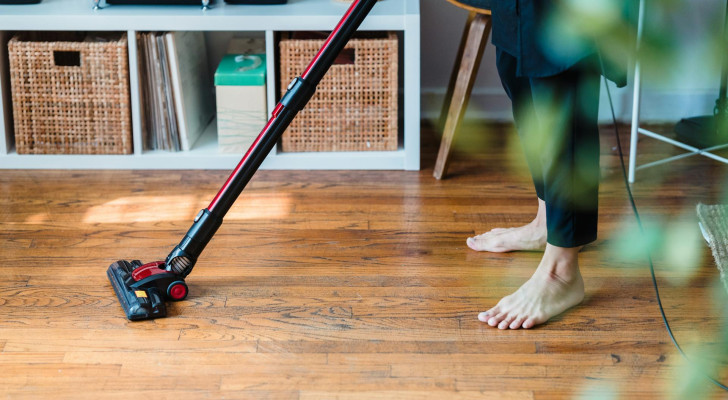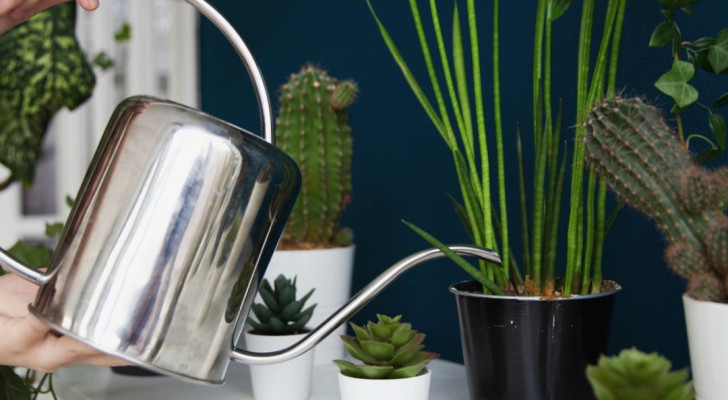Unexpected sources of domestic pollution: be careful when using these common household objects

We usually associate the word "pollution" with the outside world, ie. traffic fumes, smog, industrial waste, etc. And many of us consider our homes a safe haven where we can "take refuge" from these pollutants. However, this is not necessarily the case and many objects that we have in our homes can also pollute our immediate environment.
So, what are these objects and how do they pollute our homes? Well, check out the list below:
1. Humidifiers
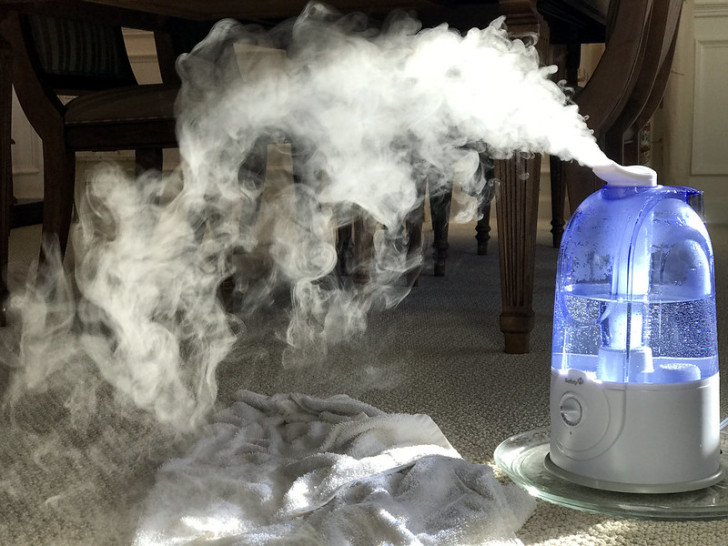
Bill Smith/Flickr
Very commonly used during the winter to prevent the heating system from drying out the air too much, humidifiers must be used with caution.
Always make sure that the humidity levels inside your home remains stable between 40% and 60%, depending on the temperature set and the degree of ventilation you have.
Humidity levels higher than the above percentage range can cause mold to grow and mites to proliferate, with obvious, harmful consequences for home health.
2. Cleansing wipes
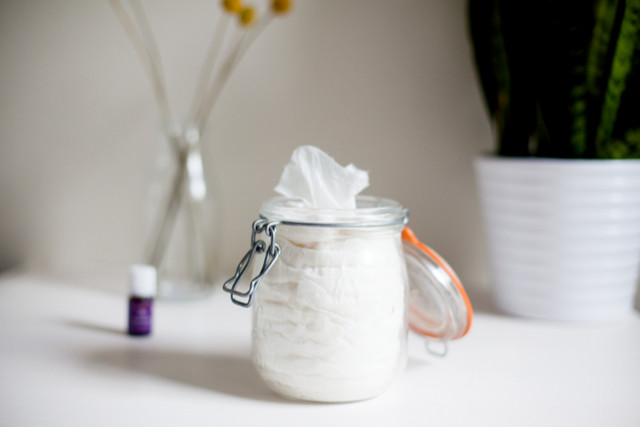
Abi Porter/Flickr
Very practical and handy to use, cleansing wipes (aka wet-wipes) often contain potentially harmful perfumes and chemical compounds. Furthermore, although most of these wipes are biodegradable, they often contain plastic fibers and could easily clog the pipes if flushed down the toilet.
Choose all-natural cleaning products and, if you do not want to give up the convenience of cleansing wipes, make them yourself at home.
3. Furniture, furnishing fabrics and building materials

Mark McCammon/Pexels
Some furniture, furnishing fabrics and building materials commonly found in our homes contain - and can gradually release - formaldehyde into the air (MDF wood is a good example of this). And formaldehyde is a gas that irritates airways and eyes.
4. Old appliances
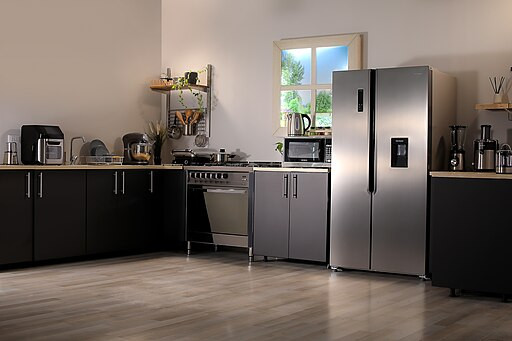
Wikimedia Commons
Nowadays, household appliances are an integral part of our daily lives, but they can also be a major source of pollution: the use of these appliances can produce electromagnetic pollution. Further, when these appliances reach the end of their working lives, they must be disposed of properly.
Take your old appliances to recycling centers if you want to prevent them from releasing potentially harmful, heavy metals and chemical substances into the environment.
5. Heating systems
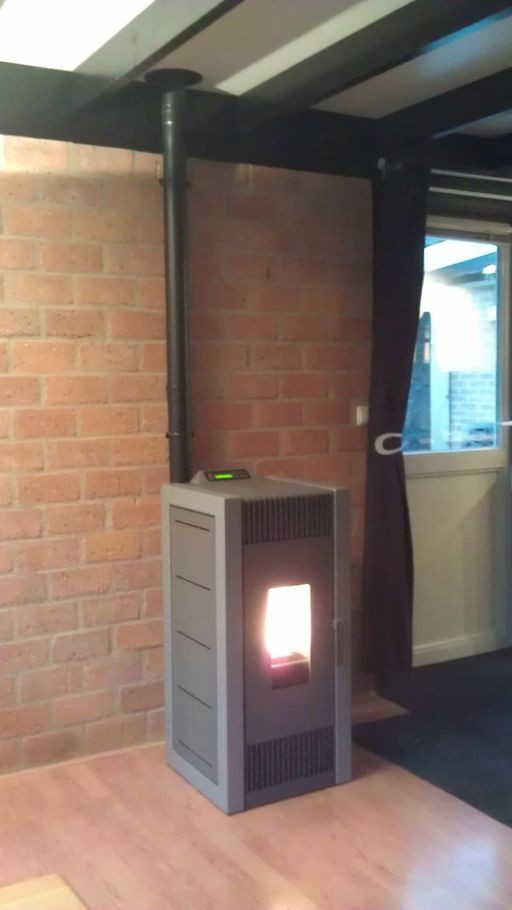
Jeanhup/Wikimedia Commons
Some heating systems - such as wood or pellet stoves and fireplaces - can be a source of pollution, not only inside your home, but also for the external environment: always use the heating systems cautiously and ventilate your rooms.
Also be careful with gas stoves, which are responsible for the emission of polluting gases: turn on the extractor hood during use and ventilate the kitchen.
6. Candles, air fresheners and detergents
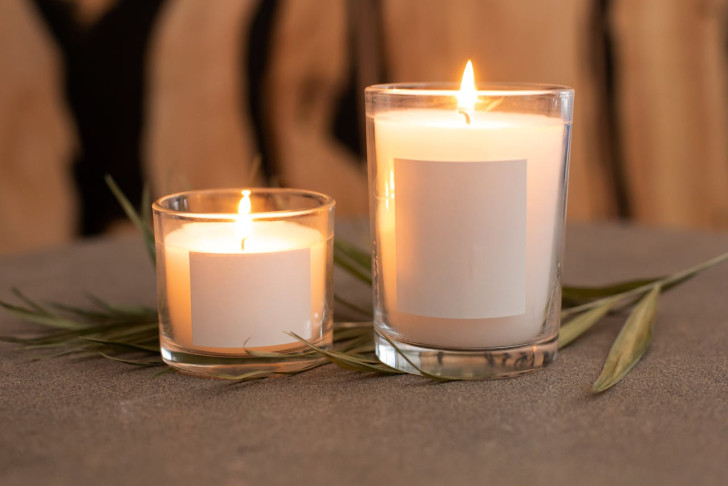
KATRIN BOLOVTSOVA/Pexels
All of us want a clean and fragrant home, but be careful in choosing the products you intend to use for this purpose. Many detergents, air fresheners and scented candles contain chemical compounds that are highly polluting for domestic environments and the ecosystem.
Always choose eco-friendly products wherever possible to reduce the risk of introducing unwanted pollutants into your home.
What other sources of domestic pollution do you know of?
